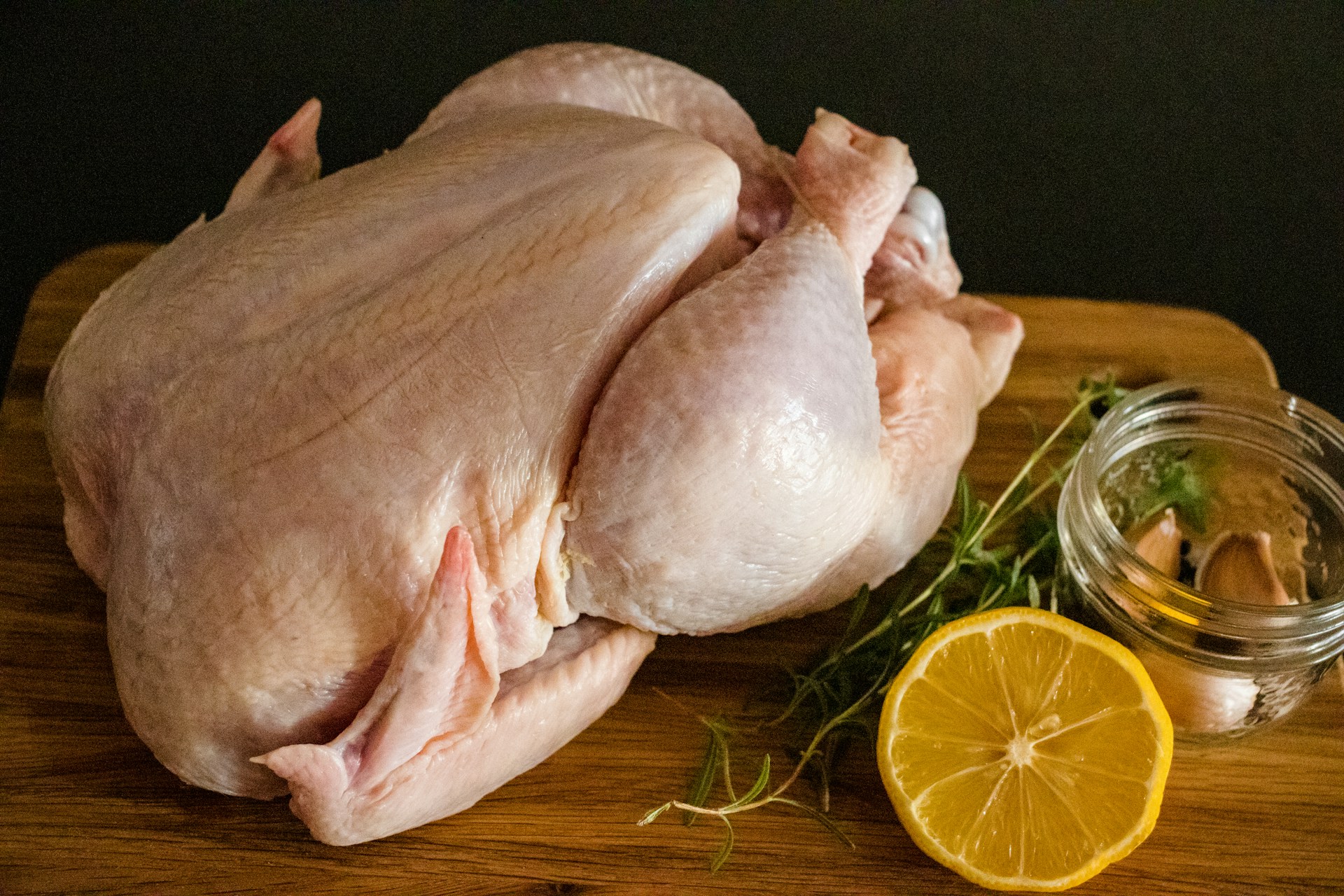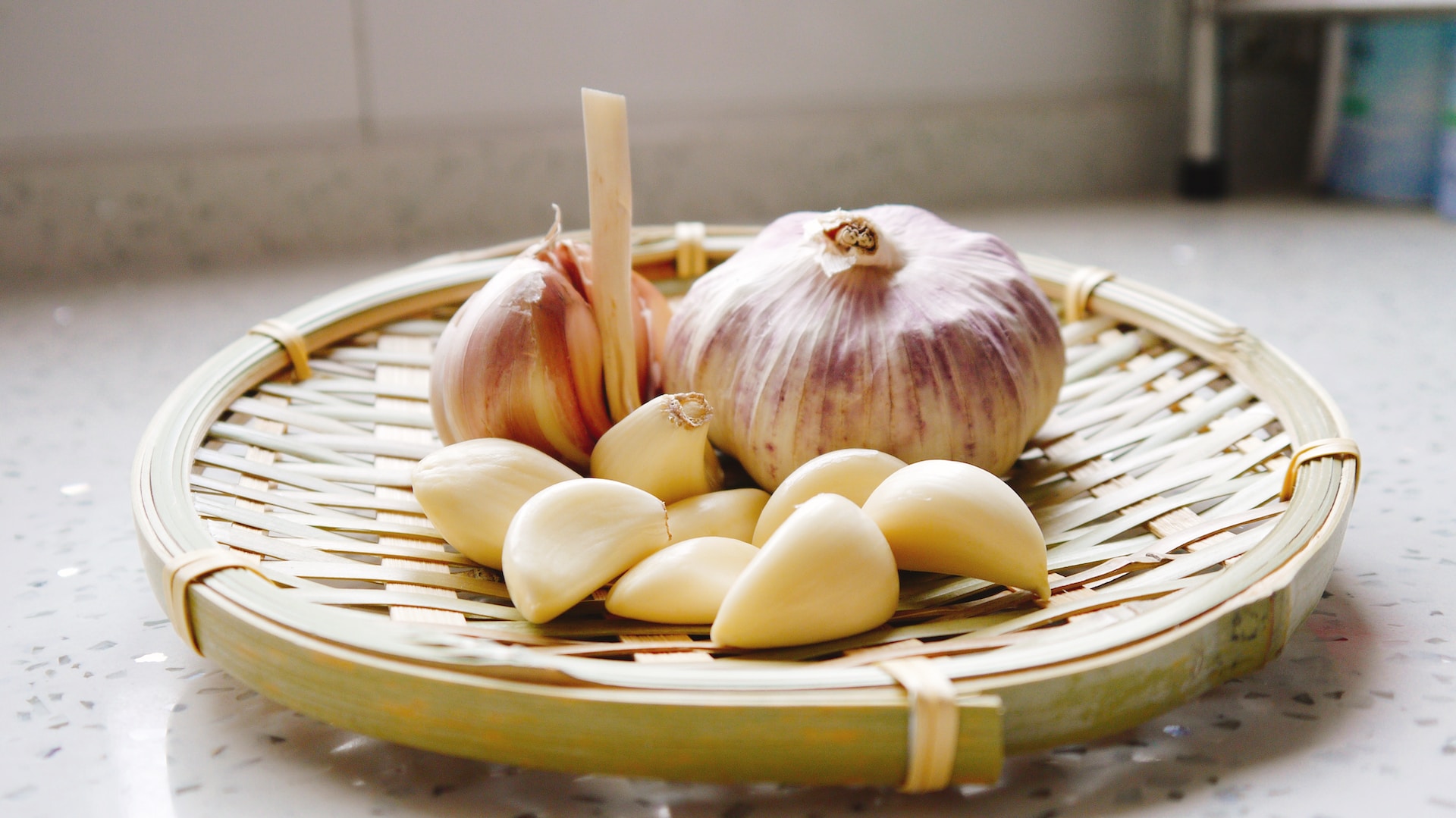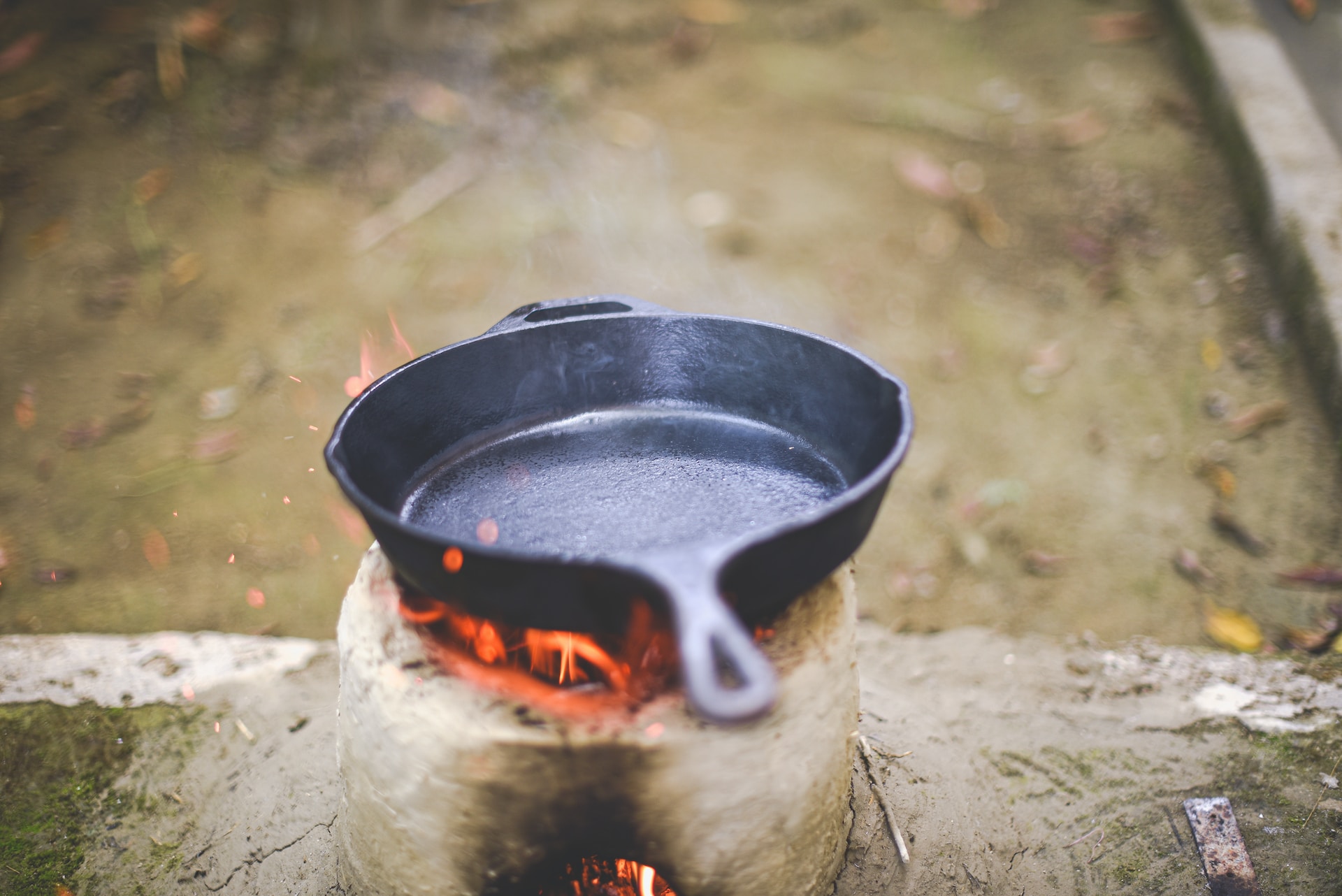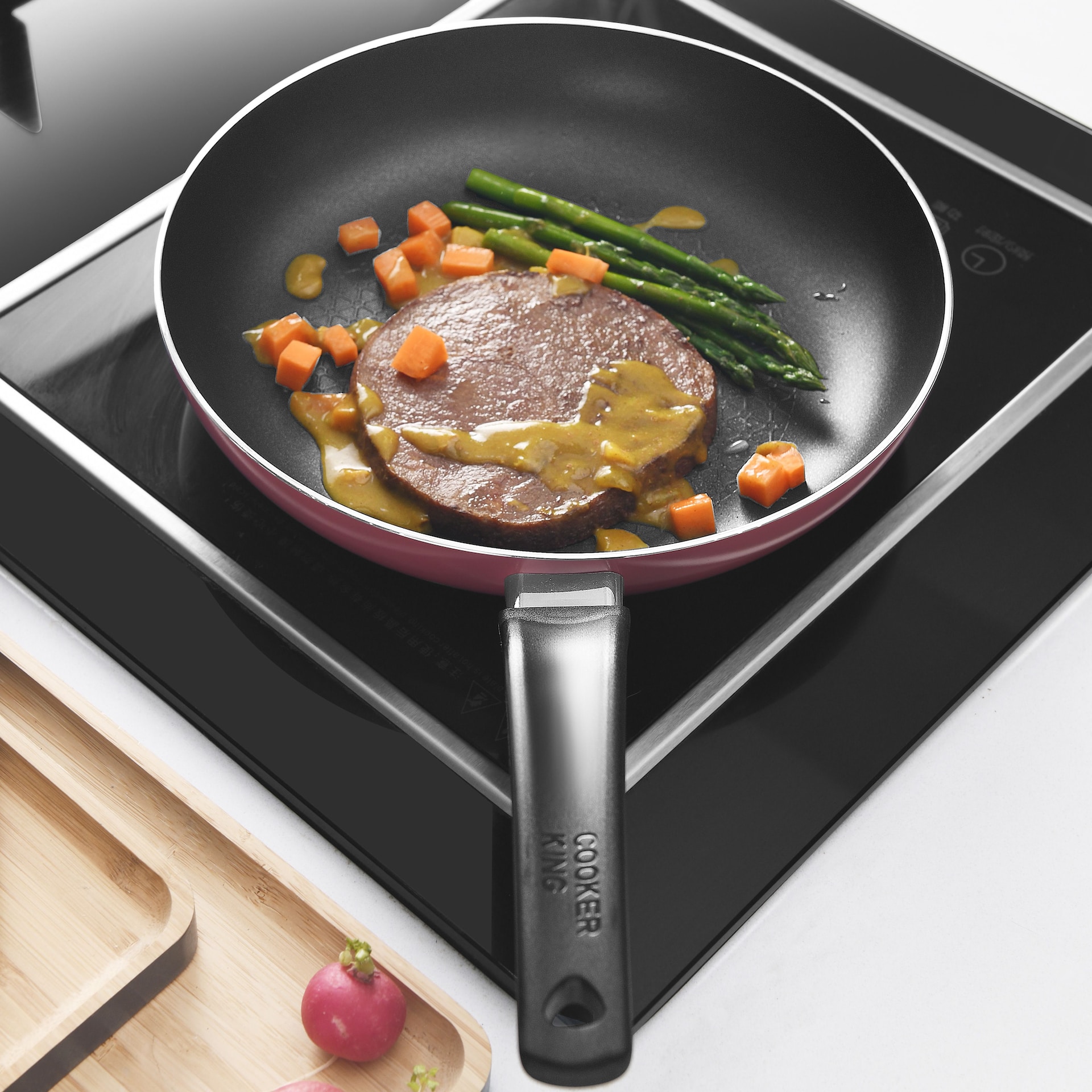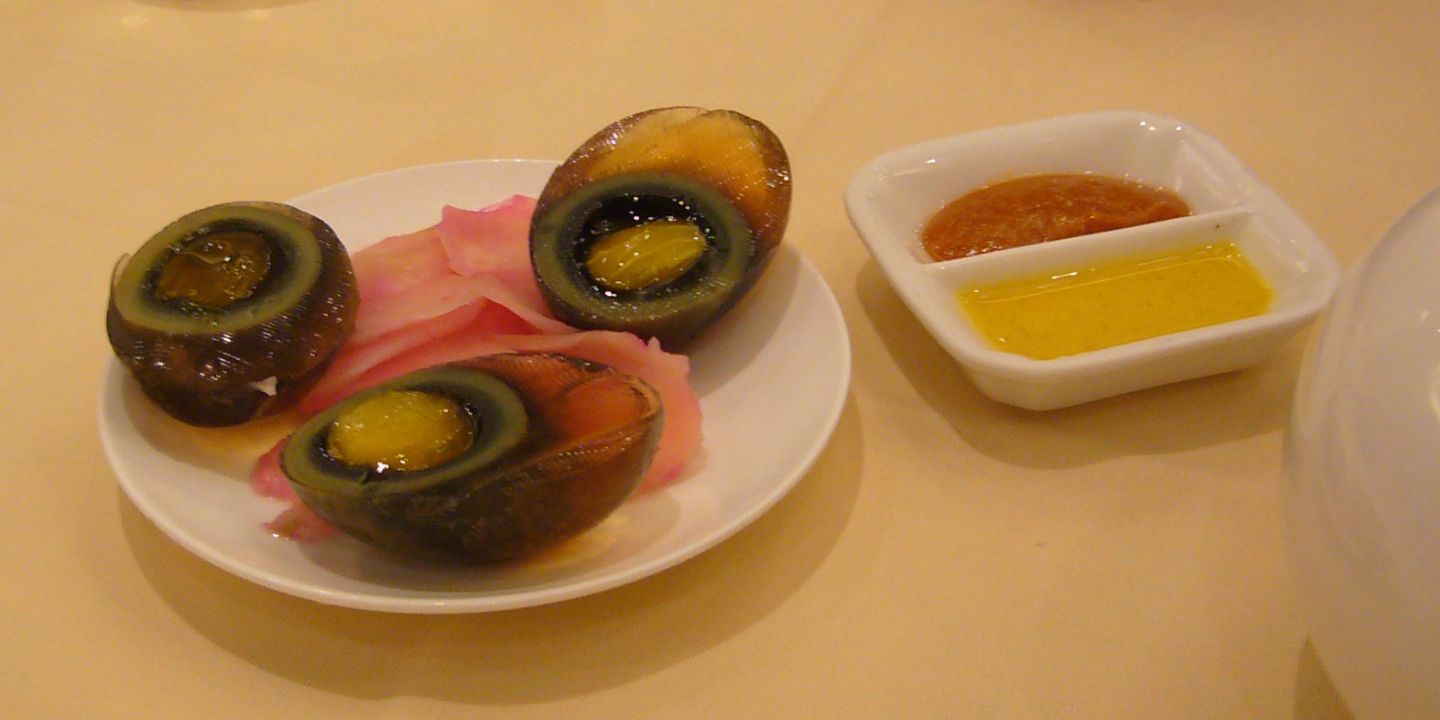If you've ever heard that "microwaving your food destroys the nutrients," did you know that it's actually false? We hear a lot of different cooking myths in our day to day lives, but how do we know if it's true or not? Today, we're debunking 40 common cooking myths so you can learn the truth. Which ones have you heard of before?
1. Myth: Searing Meat Seals in Juices
Contrary to popular belief, searing meat doesn't "seal" in its juices. While it adds flavor and texture through caramelization and the Maillard reaction, juices are actually lost during this process.
 Photo by Madie Hamilton on Unsplash
Photo by Madie Hamilton on Unsplash
2. Myth: Adding Oil to Pasta Water Prevents Sticking
While oil can prevent water from boiling over, it doesn’t stop pasta from sticking. Stirring pasta regularly and using plenty of water are more effective ways to keep it from sticking.
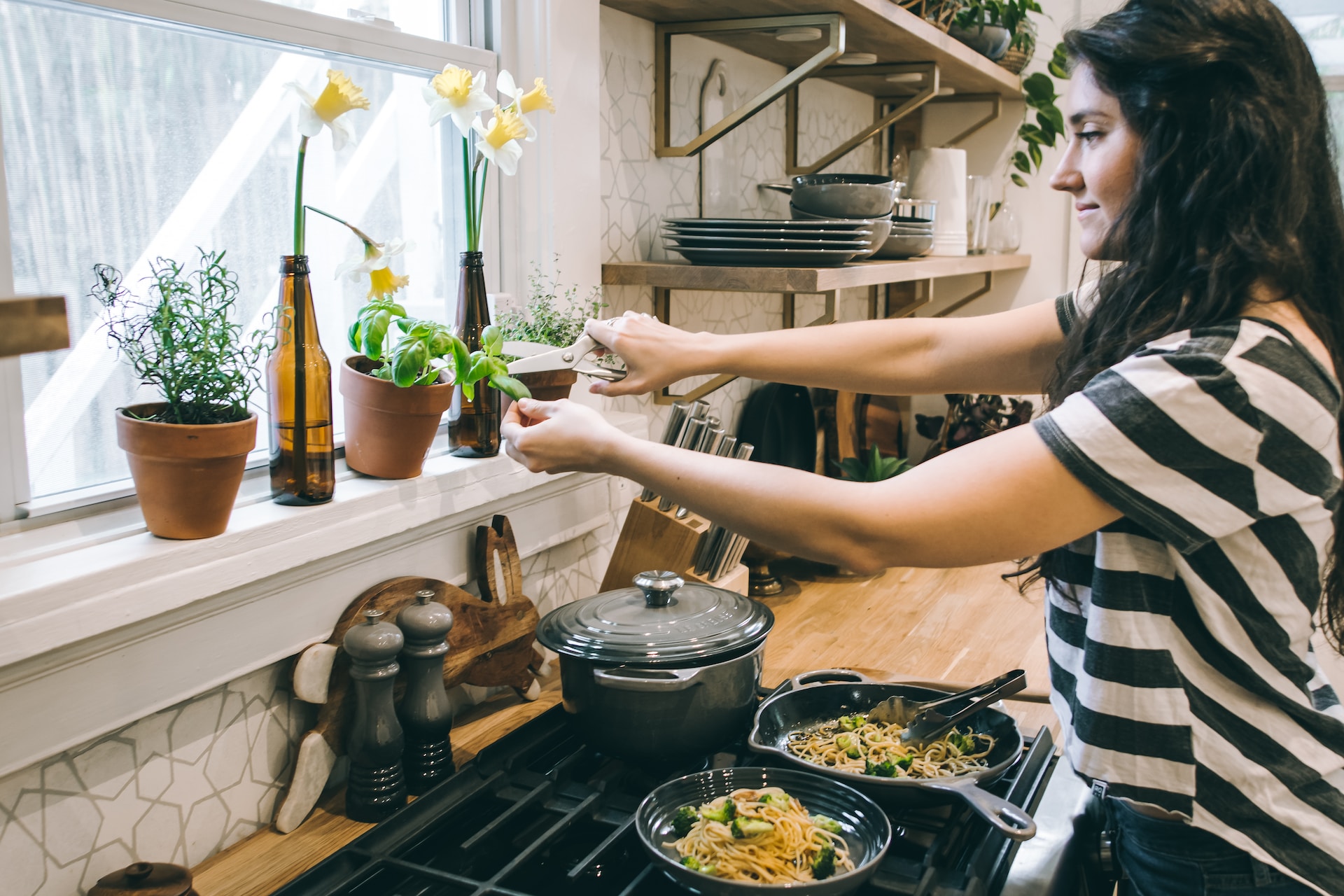 Photo by Tina Dawson on Unsplash
Photo by Tina Dawson on Unsplash
3. Myth: Washing Mushrooms Makes Them Soggy
Mushrooms don't absorb a significant amount of water when washed quickly. It's perfectly fine to rinse them under running water to remove dirt.
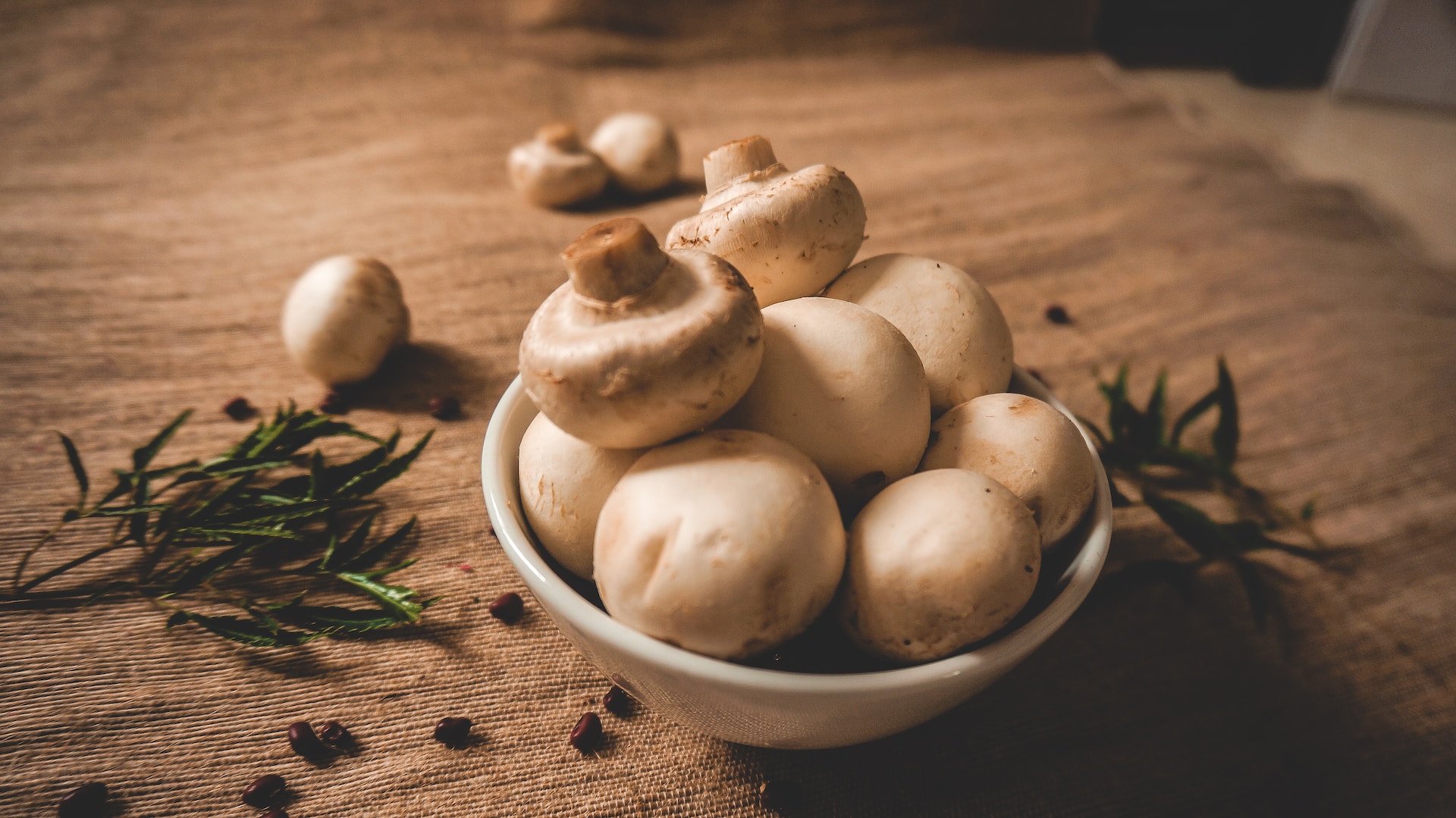 Photo by Thanh Soledas on Unsplash
Photo by Thanh Soledas on Unsplash
4. Myth: Alcohol Completely Cooks Off in Food
Some alcohol remains even after cooking, depending on the cooking method and duration. It's not always fully evaporated or cooked off as many believe.
 Photo by Matt Seymour on Unsplash
Photo by Matt Seymour on Unsplash
5. Myth: Microwaving Destroys Nutrients
Microwaving is actually one of the better cooking methods for preserving nutrients, as it cooks food quickly and without much water.
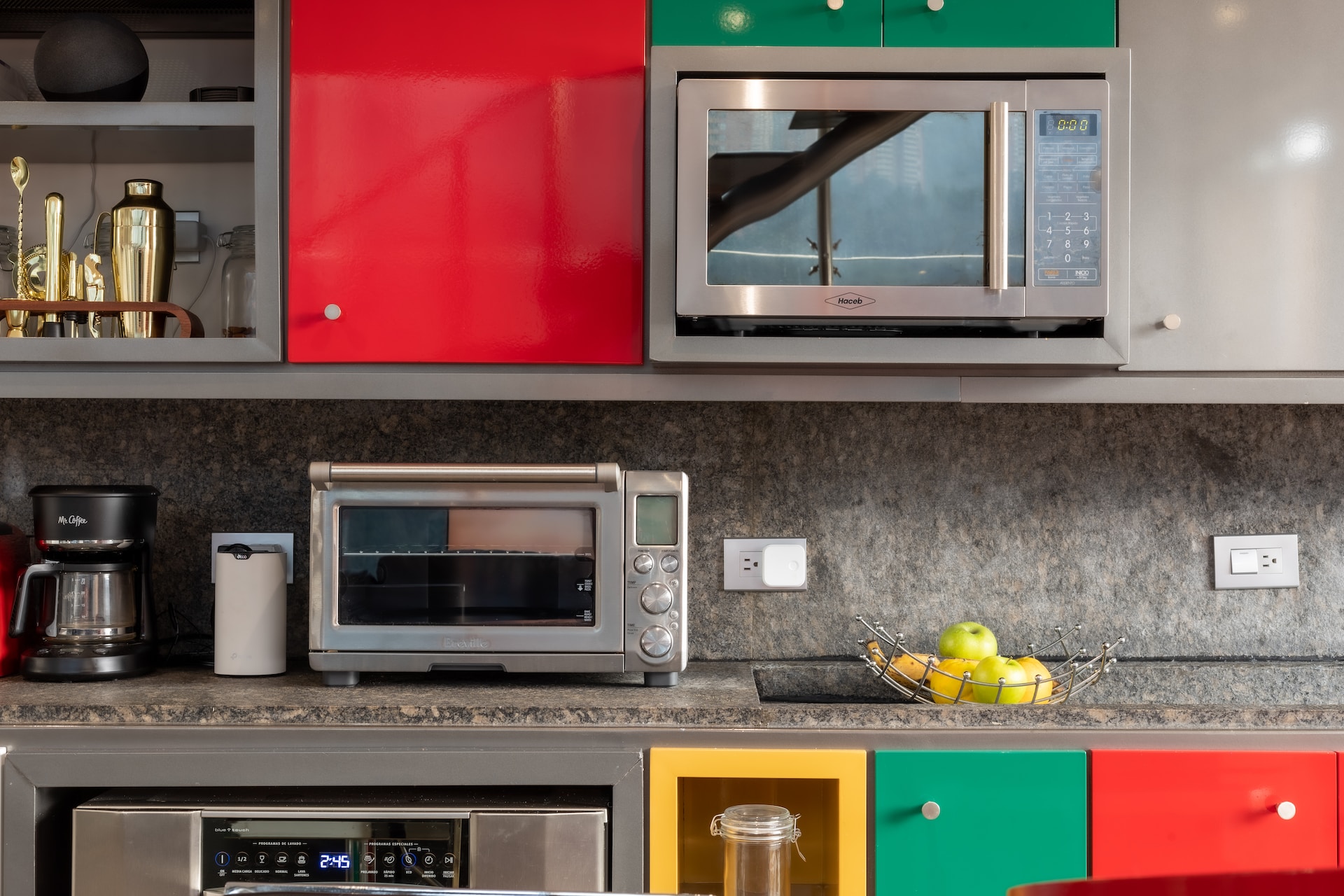 Photo by Lissete Laverde on Unsplash
Photo by Lissete Laverde on Unsplash
6. Myth: Salting Water Raises Its Boiling Point
The amount of salt typically used in cooking water slightly alters the boiling point, but not enough to make a noticeable difference in cooking times.
 Photo by Jason Tuinstra on Unsplash
Photo by Jason Tuinstra on Unsplash
7. Myth: Adding Salt to Beans While Cooking Makes Them Tough
Salt doesn't make beans tough; in fact, it helps season them. Beans can be tough due to their age or the quality of water.
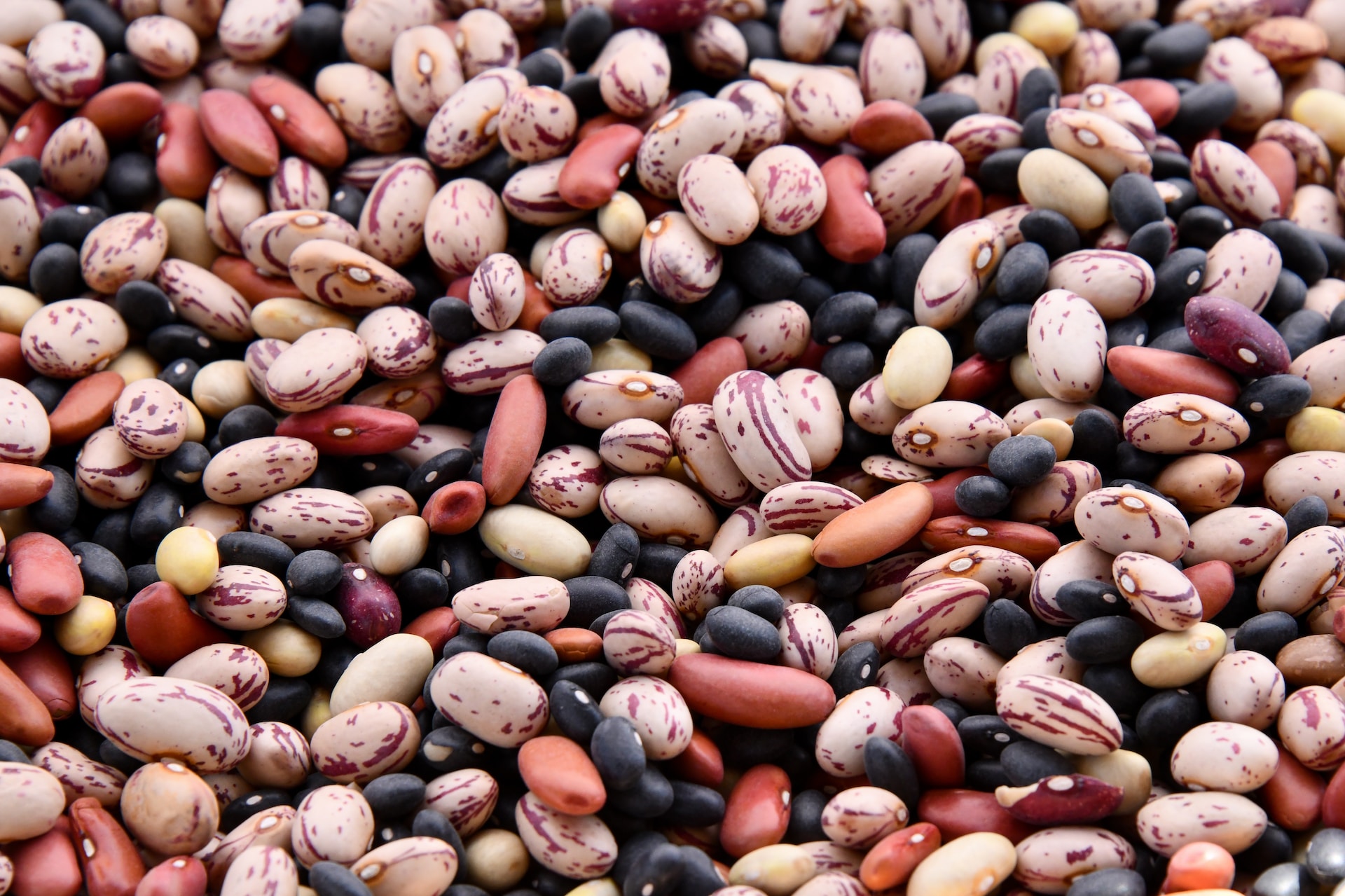 Photo by Shelley Pauls on Unsplash
Photo by Shelley Pauls on Unsplash
8. Myth: Cast Iron Skillets Are Hard to Maintain
Cast iron skillets are surprisingly easy to maintain. Regular seasoning and avoiding prolonged soaking in water keep them in great shape.
 Photo by Rayia Soderberg on Unsplash
Photo by Rayia Soderberg on Unsplash
9. Myth: You Should Rinse Cooked Pasta
Rinsing pasta after cooking removes the starch that helps sauce adhere to it. It's best to transfer it directly from the pot to the sauce.
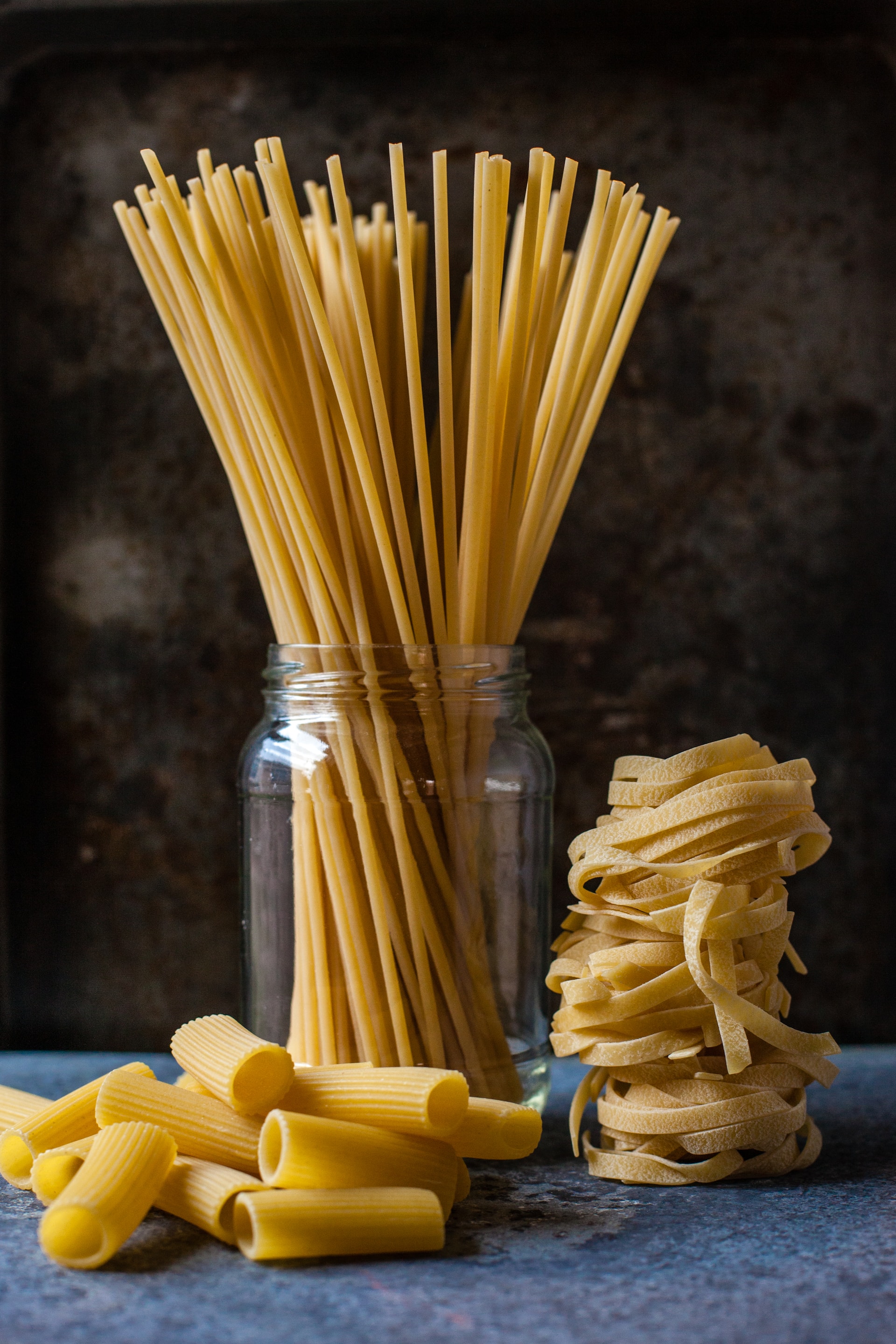 Photo by Heather Gill on Unsplash
Photo by Heather Gill on Unsplash
10. Myth: Frozen Vegetables are Less Nutritious Than Fresh Ones
Frozen vegetables are often flash-frozen at peak ripeness, preserving their nutrients effectively, sometimes even better than fresh veggies that have been stored for a while.
11. Myth: You Can't Refreeze Thawed Food
You can safely refreeze food that has been thawed in the refrigerator. However, the texture might be slightly affected.
 Photo by Cristiano Pinto on Unsplash
Photo by Cristiano Pinto on Unsplash
12. Myth: Margarine is Healthier Than Butter
Margarine varies in composition, but some types contain unhealthy trans fats. It's not universally healthier than butter.
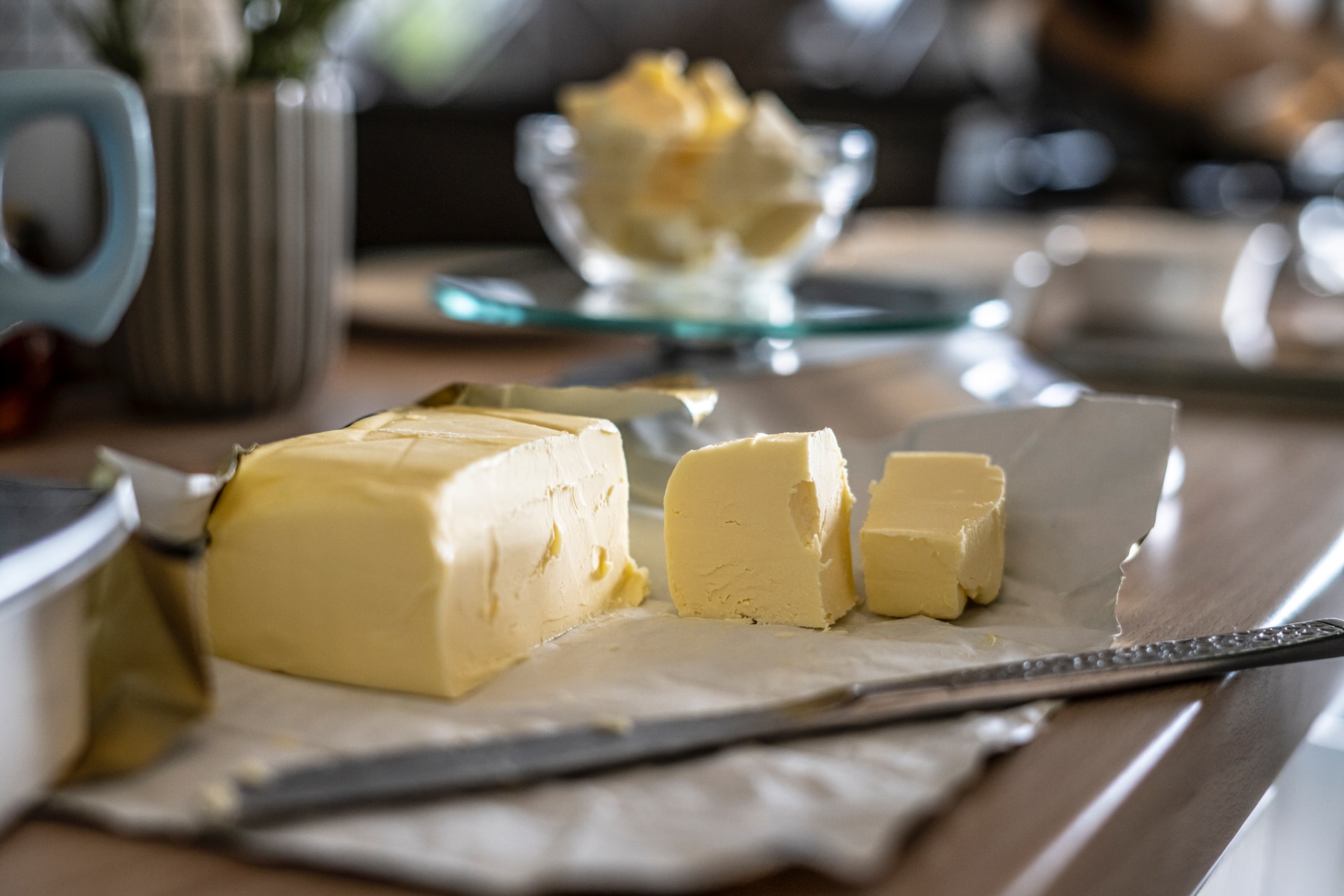 Photo by Sorin Gheorghita on Unsplash
Photo by Sorin Gheorghita on Unsplash
13. Myth: Cooking Vegetables Diminishes All Their Nutrients
While some nutrients are lost during cooking, others become more bioavailable. Methods like steaming and stir-frying can minimize nutrient loss.
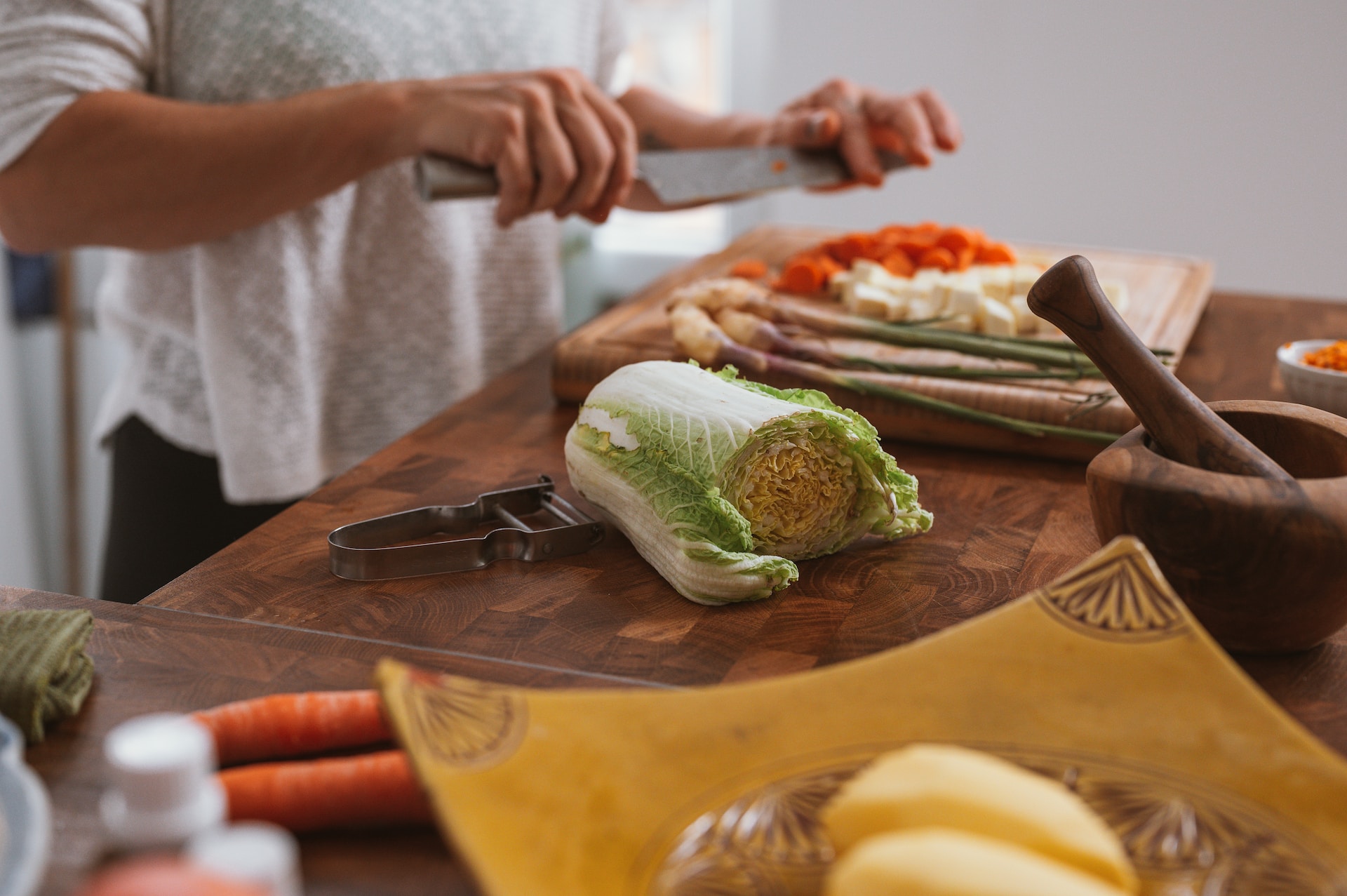 Photo by Conscious Design on Unsplash
Photo by Conscious Design on Unsplash
14. Myth: Using Metal Utensils on Nonstick Pans is Fine
Metal utensils can scratch and damage the nonstick coating, shortening the pan's life. Use wooden or silicone utensils instead.
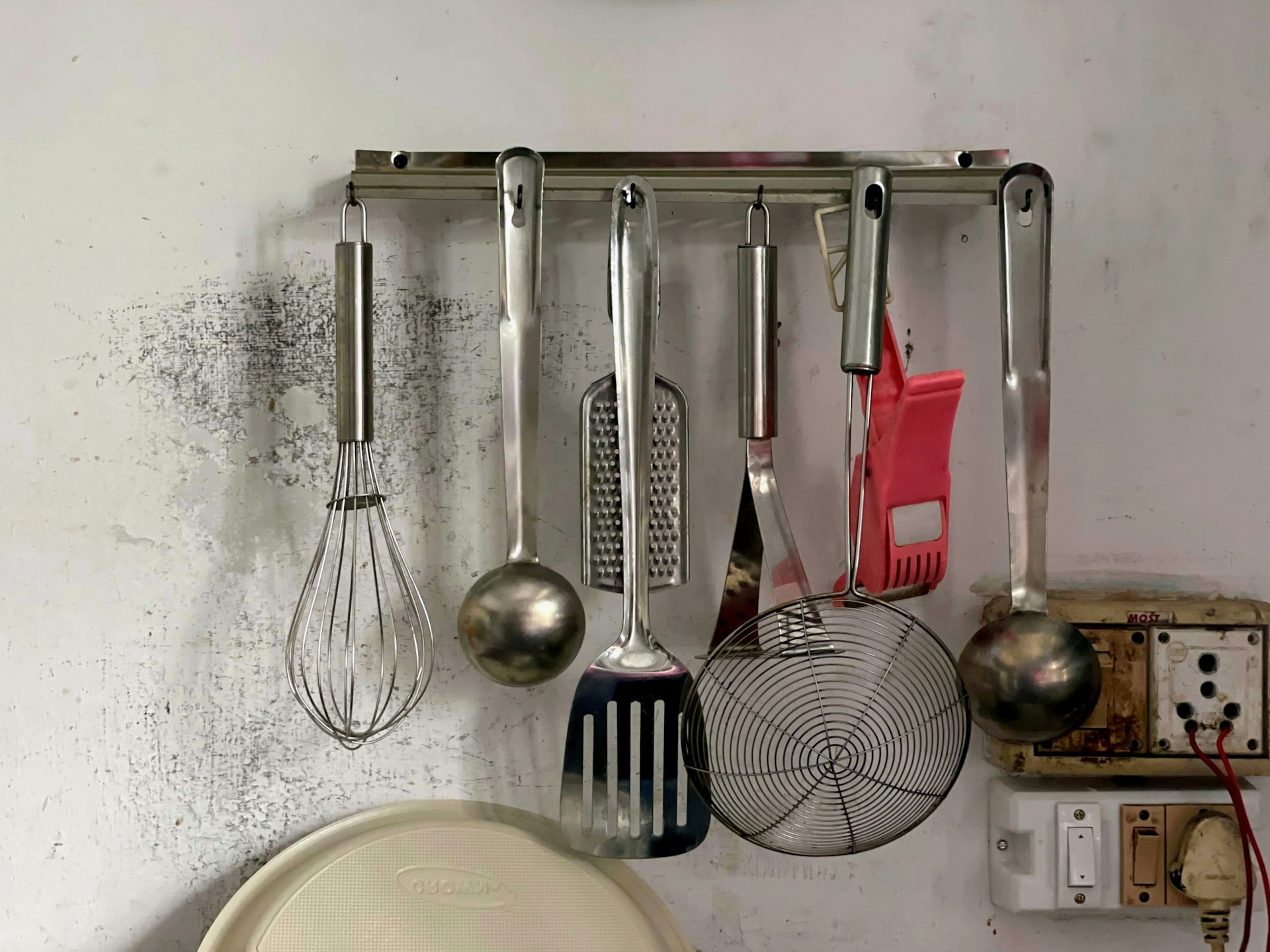 Photo by Ricky Singh on Unsplash
Photo by Ricky Singh on Unsplash
15. Myth: You Must Wash Chicken Before Cooking
Washing chicken can spread harmful bacteria around your kitchen. Cooking chicken to the proper temperature is sufficient to kill any bacteria.
16. Myth: Cooking with Olive Oil Releases Toxins
Cooking with olive oil is actually safe. It has a lower smoke point than other oils, but it doesn't release harmful toxins at normal cooking temperatures.
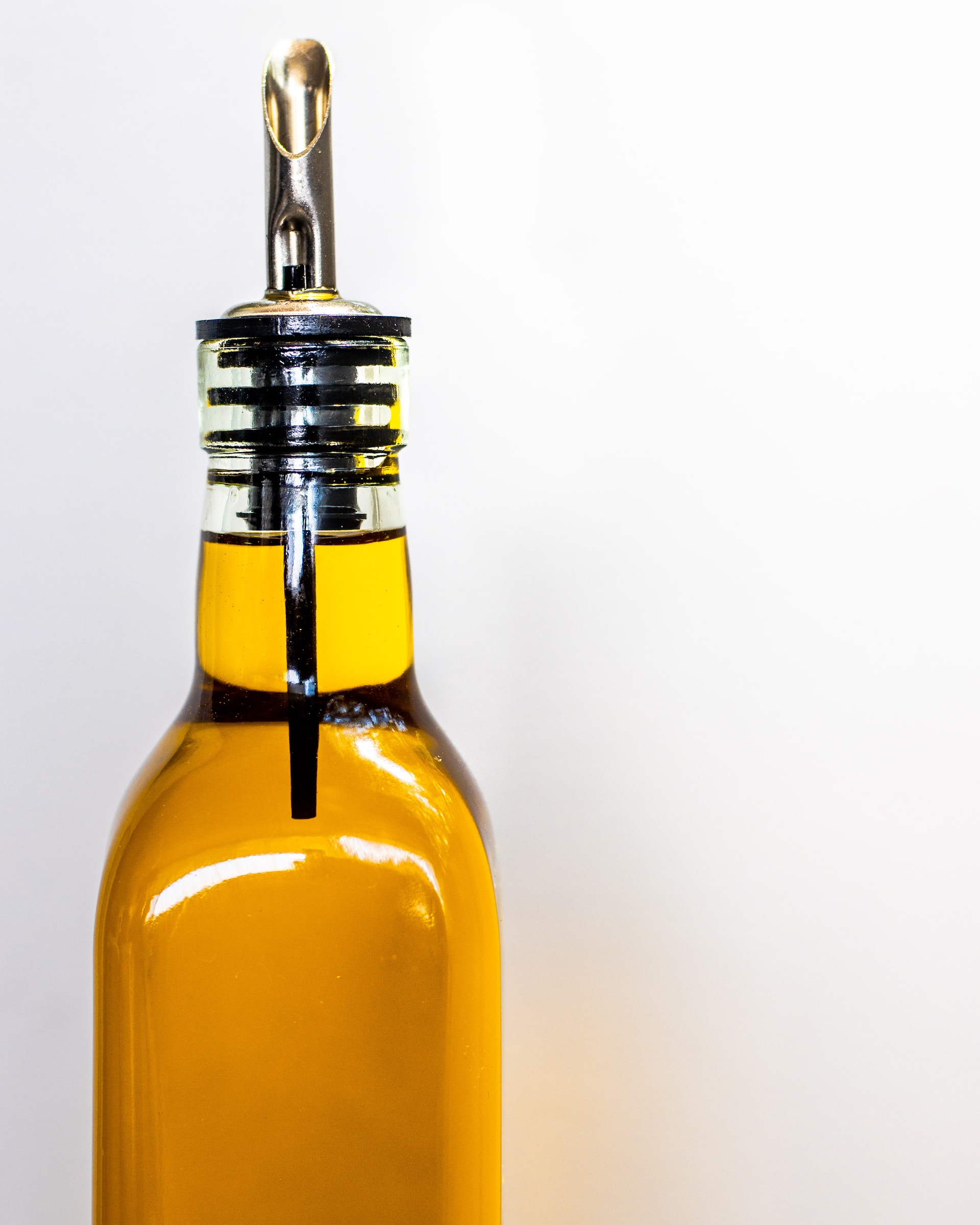 Photo by jonathan ocampo on Unsplash
Photo by jonathan ocampo on Unsplash
17. Myth: You Should Soak Onions in Water to Tone Down Their Flavor
Soaking onions in water dilutes some of their flavors but isn't necessary. Simply cooking them can mellow their taste effectively.
 Photo by Sincerely Media on Unsplash
Photo by Sincerely Media on Unsplash
18. Myth: Cooking Neutralizes Spices’ Health Benefits
Many spices, like turmeric and garlic, retain their health benefits even when cooked. Cooking can even enhance some beneficial compounds.
19. Myth: You Should Always Cook with Wine You Would Drink
While quality matters, cooking wine doesn't have to be high-end. The nuances of expensive wines are often lost in the cooking process.
 Photo by Hermes Rivera on Unsplash
Photo by Hermes Rivera on Unsplash
20. Myth: Flipping Meat Frequently Makes it Tough
Frequent flipping can actually result in evenly cooked meat. It doesn't make the meat tough, contrary to popular belief.
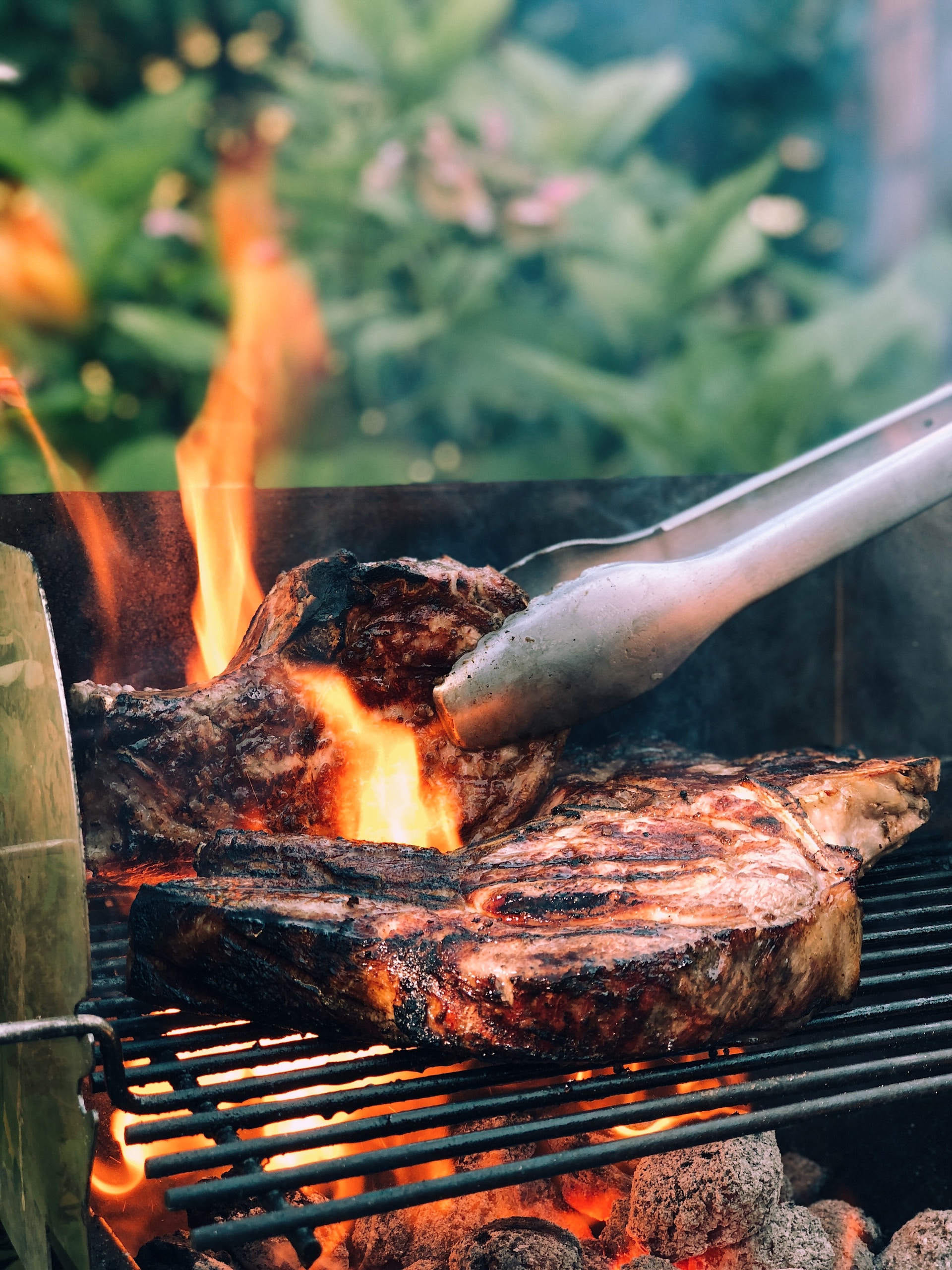 Photo by Paul Hermann on Unsplash
Photo by Paul Hermann on Unsplash
21. Myth: You Need a Lot of Water to Cook Pasta
Using less water can actually be more efficient. It requires less energy to boil and the pasta starches more concentrated sauce.
 Photo by Sergio Camalich on Unsplash
Photo by Sergio Camalich on Unsplash
22. Myth: Baking Soda and Baking Powder are Interchangeable
Baking soda and baking powder serve different purposes and aren't interchangeable. They chemically react differently in recipes.
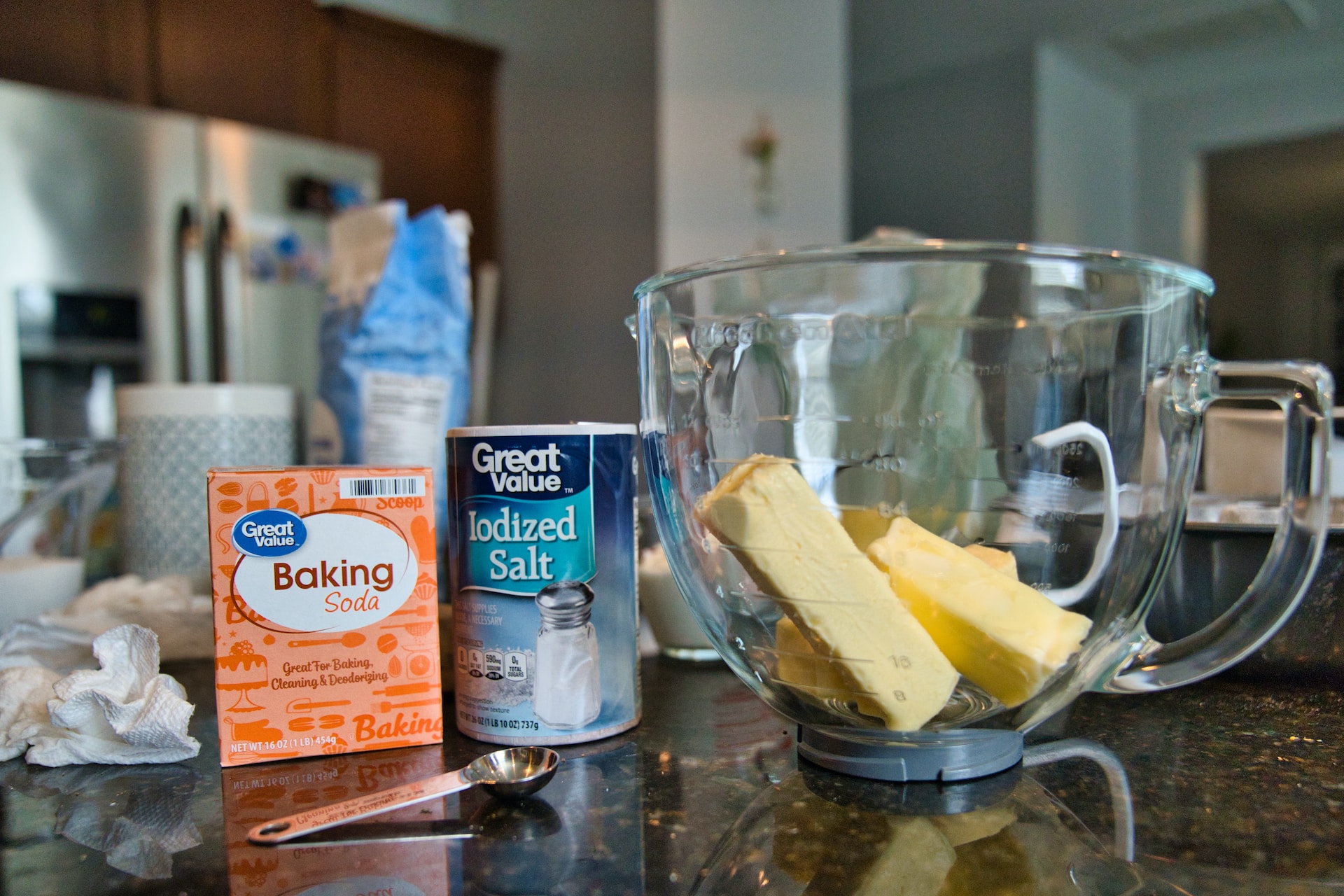 Photo by Clint Patterson on Unsplash
Photo by Clint Patterson on Unsplash
23. Myth: Cooking in a Smoker is Always Unhealthy
Smoking can be a healthy way to cook, as it adds flavor without extra fat. The key is moderation and avoiding over-smoked foods.
 Photo by Pascal Meier on Unsplash
Photo by Pascal Meier on Unsplash
24. Myth: You Shouldn't Use Metal Bowls for Whisking
Metal bowls are fine for whisking. The myth likely stems from a time when metal bowls were made of materials that could react with acidic ingredients.
 Photo by jurien huggins on Unsplash
Photo by jurien huggins on Unsplash
25. Myth: Lettuce Must Be Torn, Not Cut
Lettuce can be cut with a knife without significant harm. Tearing is preferred to avoid bruising, but it's not a strict rule.
 Photo by Rayia Soderberg on Unsplash
Photo by Rayia Soderberg on Unsplash
26. Myth: Room Temperature Eggs Are Unsafe
Room temperature eggs are often used in baking for better incorporation into batter. When handled properly, they are safe.
 Photo by Katherine Chase on Unsplash
Photo by Katherine Chase on Unsplash
27. Myth: You Must Always Peel Vegetables
Many vegetables' peels are edible and packed with nutrients. Peeling is often a matter of preference, not a necessity.
 Photo by Hans Isaacson on Unsplash
Photo by Hans Isaacson on Unsplash
28. Myth: You Shouldn't Wash Cast Iron with Soap
Modern cast iron skillets can be washed with a small amount of soap without harming them. It's the prolonged soaking that should be avoided.
29. Myth: Brown Eggs Are More Nutritious Than White Eggs
The color of the eggshell is determined by the hen's breed and doesn't affect the egg's nutritional value.
 Photo by Rebekah Vos on Unsplash
Photo by Rebekah Vos on Unsplash
30. Myth: Raw Oysters are Only Safe to Eat in Months with 'R'
This myth originated when refrigeration was less common. With modern refrigeration, oysters can be enjoyed safely year-round when properly stored.
 Photo by Edoardo Cuoghi on Unsplash
Photo by Edoardo Cuoghi on Unsplash
31. Myth: You Should Only Flip Fish Once While Cooking
Flipping fish more than once doesn't ruin it. Gentle flipping can actually ensure even cooking, especially for thicker fillets.
 Photo by Adrian Infernus on Unsplash
Photo by Adrian Infernus on Unsplash
32. Myth: Dairy Should Be Added at the End of Cooking Soups and Sauces
Adding dairy products like cream early on in cooking can help them integrate better into the dish and reduce the risk of curdling.
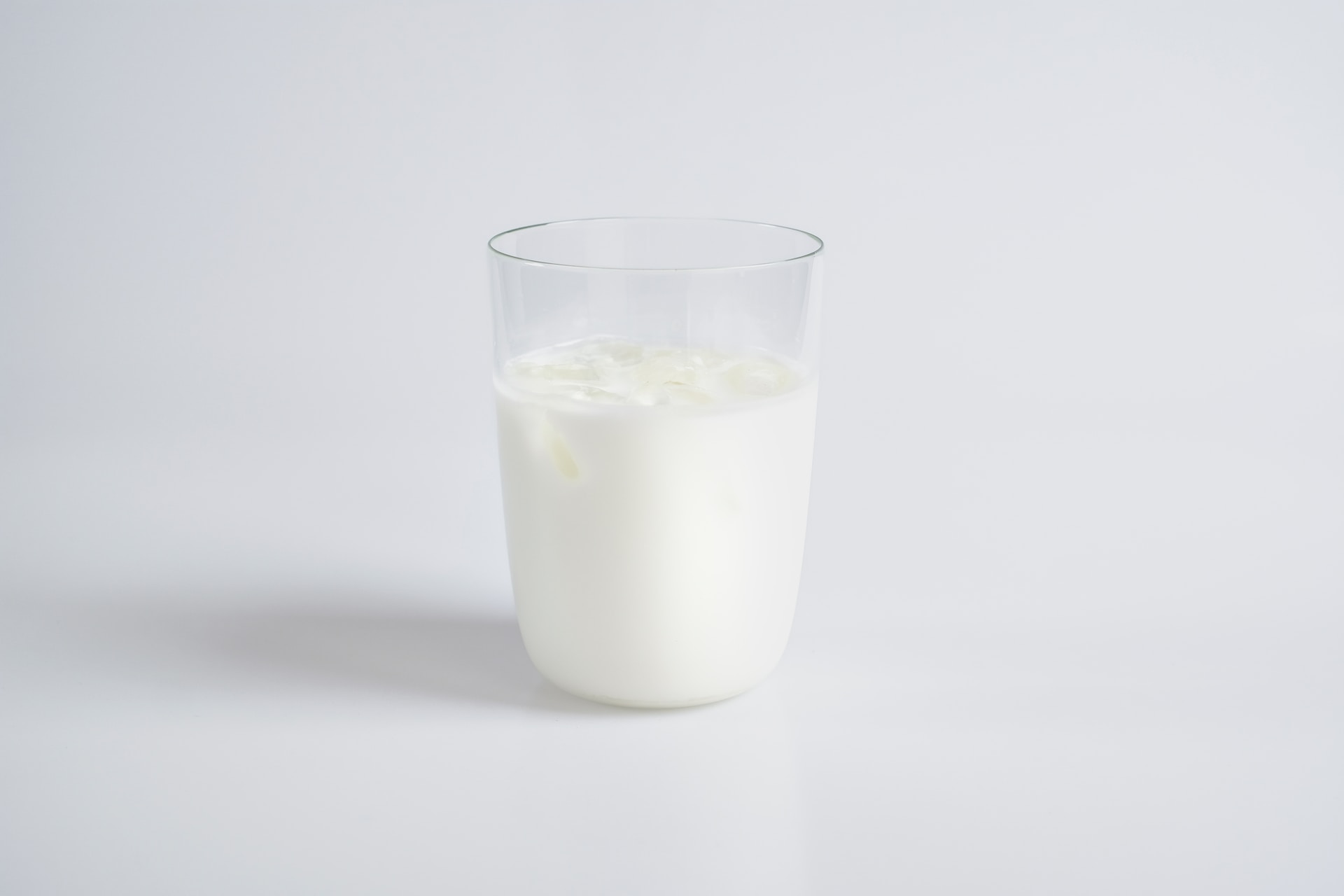 Photo by an_vision on Unsplash
Photo by an_vision on Unsplash
33. Myth: More Bubbles Mean Boiling Water is Hotter
Once water reaches boiling point, it doesn't get hotter, regardless of the number of bubbles. The size and number of bubbles indicate the water’s boiling strength, not temperature.
 Photo by Karen Bailey on Unsplash
Photo by Karen Bailey on Unsplash
34. Myth: Resting Dough Makes it Tougher
Resting dough is crucial for many recipes. It allows gluten to relax, making dough easier to work with and often resulting in a tender final product.
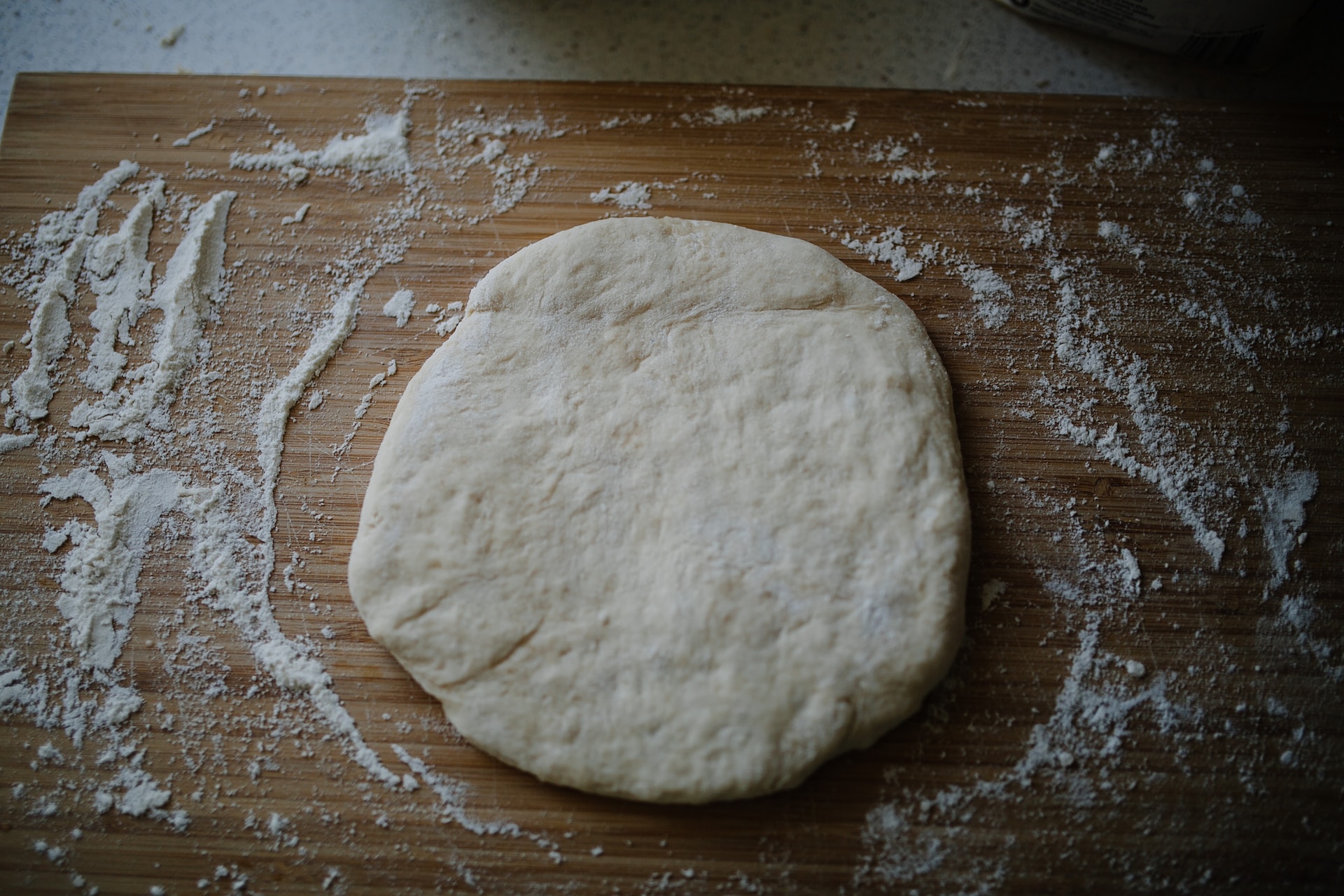 Photo by Phil Hearing on Unsplash
Photo by Phil Hearing on Unsplash
35. Myth: You Shouldn't Wash a Wok
A wok can and should be cleaned after each use. The key is to dry it thoroughly and apply a light coat of oil to maintain its seasoning.
 Photo by Clem Onojeghuo on Unsplash
Photo by Clem Onojeghuo on Unsplash
36. Myth: Cold Eggs are Easier to Peel
Actually, eggs that are slightly warm or at room temperature are often easier to peel. Cold eggs can adhere more stubbornly to their shells.
 Photo by Maria Ionova on Unsplash
Photo by Maria Ionova on Unsplash
37. Myth: Cooking Spinach Destroys All Its Iron
While some iron is lost during cooking, spinach still retains a significant amount of its iron content, along with other nutrients that become more bioavailable.
 Photo by Louis Hansel on Unsplash
Photo by Louis Hansel on Unsplash
38. Myth: You Shouldn't Salt Water for Green Vegetables
Salting water for cooking green vegetables like broccoli or green beans can enhance flavor without harming color or texture.
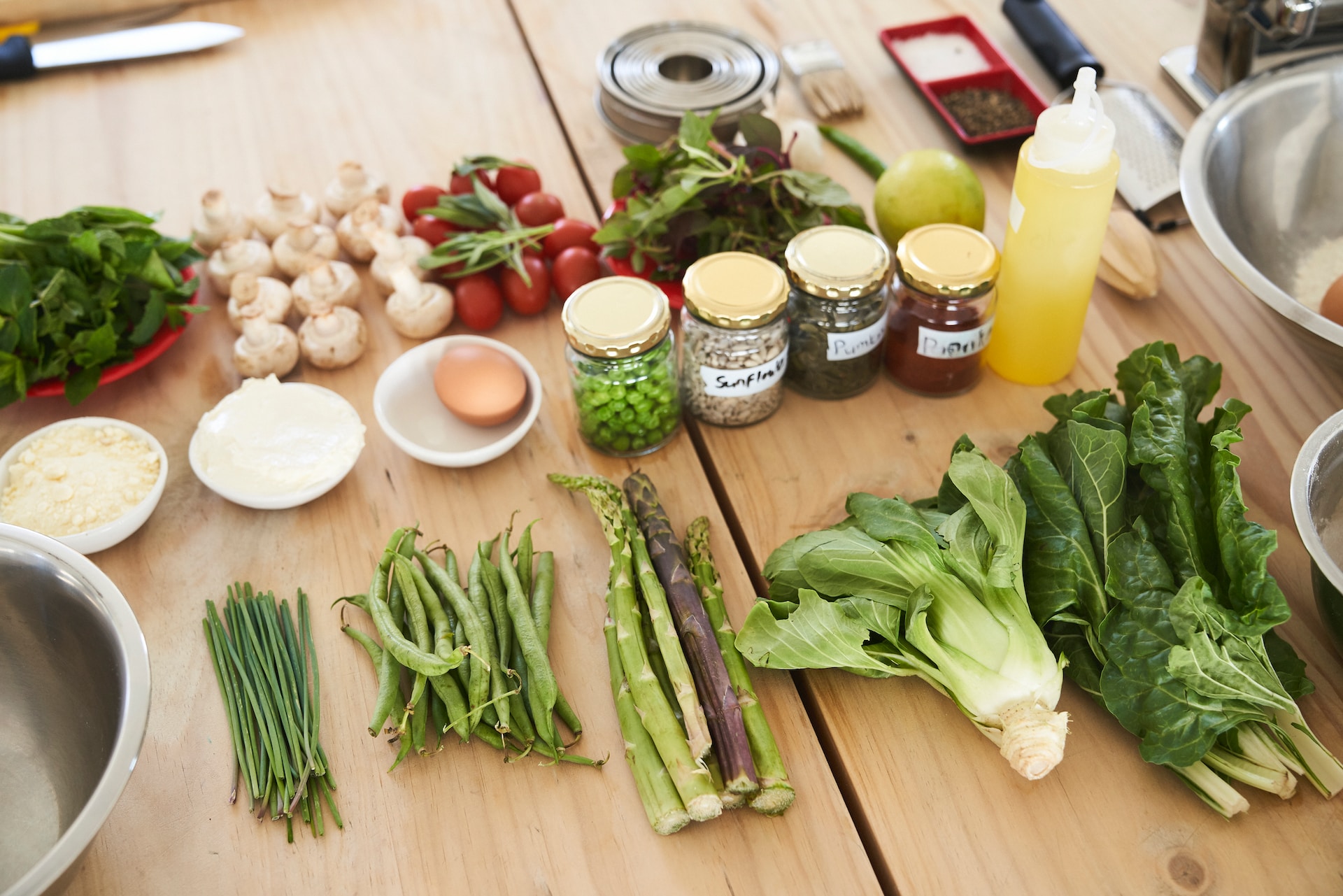 Photo by Gareth Hubbard on Unsplash
Photo by Gareth Hubbard on Unsplash
39. Myth: Bigger Bubbles Mean Your Yeast is Better
The size of bubbles in yeast dough is more about the dough's hydration and less about the quality of the yeast. Good yeast activity can show in both big and small bubbles.
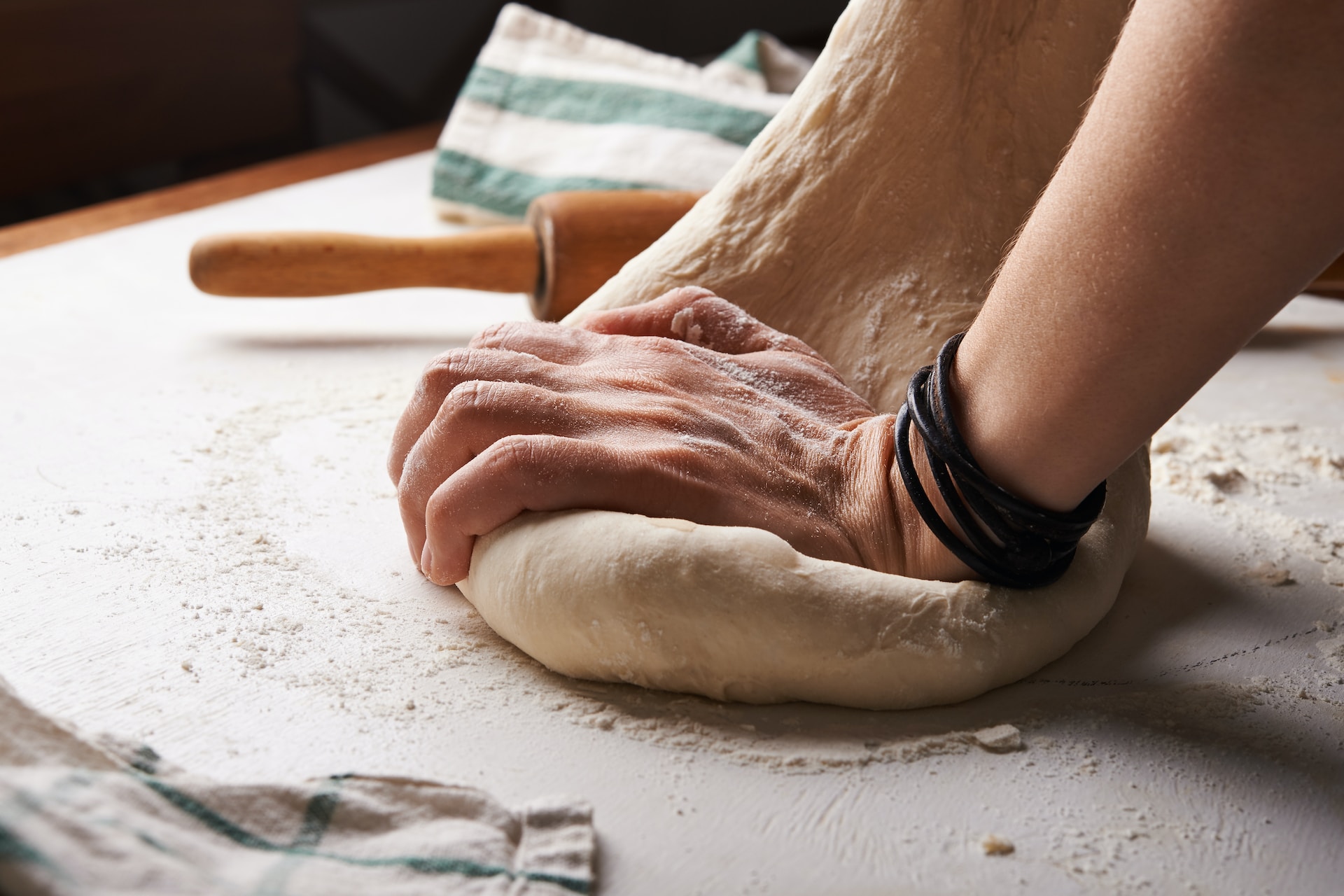 Photo by Nadya Spetnitskaya on Unsplash
Photo by Nadya Spetnitskaya on Unsplash
40. Myth: Nonstick Pans are Unsafe at High Temperatures
Modern nonstick pans are generally safe up to medium-high temperatures. The key is avoiding extremely high heat which can damage the coating.



